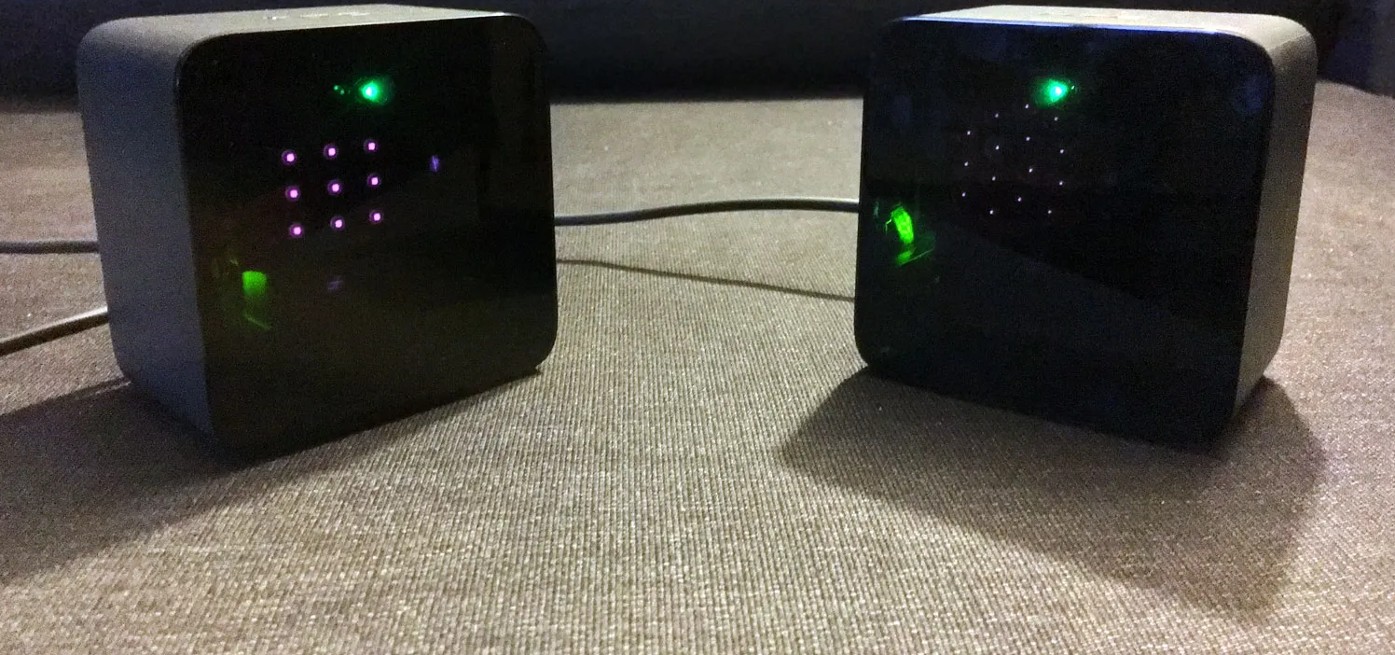
How to Build a GPS Jammer at Your Home
Here’s a step by step guide on how to build your own GPS jammer. Below are the main steps we are going to introduce in

As the use of drones continues to proliferate, various methods and devices for countering and disrupting them have emerged. Recently, there has been a rise in the combination of drone detection and drone interference solutions. During discussions on numerous solutions for drone defense, a question was raised by a client: Is it feasible to directly destroy drones using drone strike devices? In other words, once an unauthorized drone is detected within a defense zone, can it be immediately shot down or destroyed using drone strike devices? This article explores the potential of such a solution and its practicality.
The Concept of Drone Strike Devices:
When referring to drone strike devices, it is important to note that they are not the conventional drone signal interference devices. Instead, they are weapons or attack methods specifically designed to cause hardware damage to drones, such as using bullets, shells, or laser beams, resulting in permanent destruction and damage to the drones. To achieve precise strikes against incoming drones using drone strike devices, it is crucial to ensure the ability to identify friend from foe within the effective defense range, accurately determine the direction and coordinates of the drone’s attack, and lock onto its flight path. This would guide the drone strike devices to execute precise attacks, achieving a one-hit kill effect.
Technological Advancements in Drone Detection:
Currently, there are various means available for drone detection, including radar detection, wireless spectrum analysis, and optical capture. By integrating these detection methods with drone strike devices, it is possible to achieve the destruction of drones as mentioned earlier. However, it is important to consider the high hardware investment costs and the technical proficiency required for operators during real-world applications.
Recommendations for Drone Defense:
As a manufacturer of drone interference devices, we suggest that unless there is a specific need in critical locations, it is generally unnecessary to set such high technical standards for drone defense. Doing so would be excessive and inefficient. To illustrate this point, we can draw an analogy: drones are like mosquitoes, and drone signal interference devices are like mosquito repellents. From a self-protection perspective, it is sufficient to use mosquito repellents to prevent mosquitoes from approaching and causing harm. Mosquito repellents can also kill or drive away mosquitoes. However, if one insists on using guns or cannons to individually shoot down mosquitoes, the ultimate goal may be achieved, but the cost would be too high, resulting in a disproportionate outcome.
Conclusion:
While the concept of using drone strike devices to directly destroy drones is technically feasible, the implementation of such a solution involves high hardware investment costs and requires skilled operators. Therefore, unless there is a specific need in critical locations, it is generally recommended to focus on more practical and cost-effective drone defense measures. By utilizing existing drone detection technologies and integrating them with drone interference devices, effective defense against unauthorized drones can still be achieved without resorting to the complete destruction of the drones.
Our frequency checker tool will help you check all frequency bands used in all country.

Here’s a step by step guide on how to build your own GPS jammer. Below are the main steps we are going to introduce in

In today’s digital age, our lives are more connected than ever before. We rely on our smartphones for communication, entertainment, and information. However, with this

Signal jammers are devices that deliberately transmit signals on the same frequencies as telecommunications and GPS devices, such as mobile phones, GPS trackers, and even

Understanding Signal Blocker: How It Works and Its Applications Signal Blockers are devices that can disrupt mobile phone signals, preventing them from connecting to base

The Application and Benefits of High-Power Signal Jammers Enhancing Signal Blocking Efficiency in Various Environments In today’s technologically advanced world, the need for effective signal

Considerations for Purchasing Exam Room Signal Jammers Ensuring Effective Signal Jamming for Exam Integrity As the year approaches its end, many schools are preparing for

The Importance of Monitoring and Signal Interference Measures During Examinations During examination periods, it is crucial to closely monitor the examination venues and their surrounding

Selecting the Appropriate Cell Phone Jammer for Theaters and Auditoriums Overcoming Challenges in Installation and Maximizing Signal Disruption The Importance of Cell Phone Jamming in

Remote Control of Cell Phone Jammers via Smartphone: A Possibility? With the rapid development of the Internet of Things (IoT), numerous smart home devices have

Supplying high quality signal jamming devices since 2010. The only jammer store you can trust.
Jammer Master © 2024. Premium Signal Jammer Supplier Since 2010.